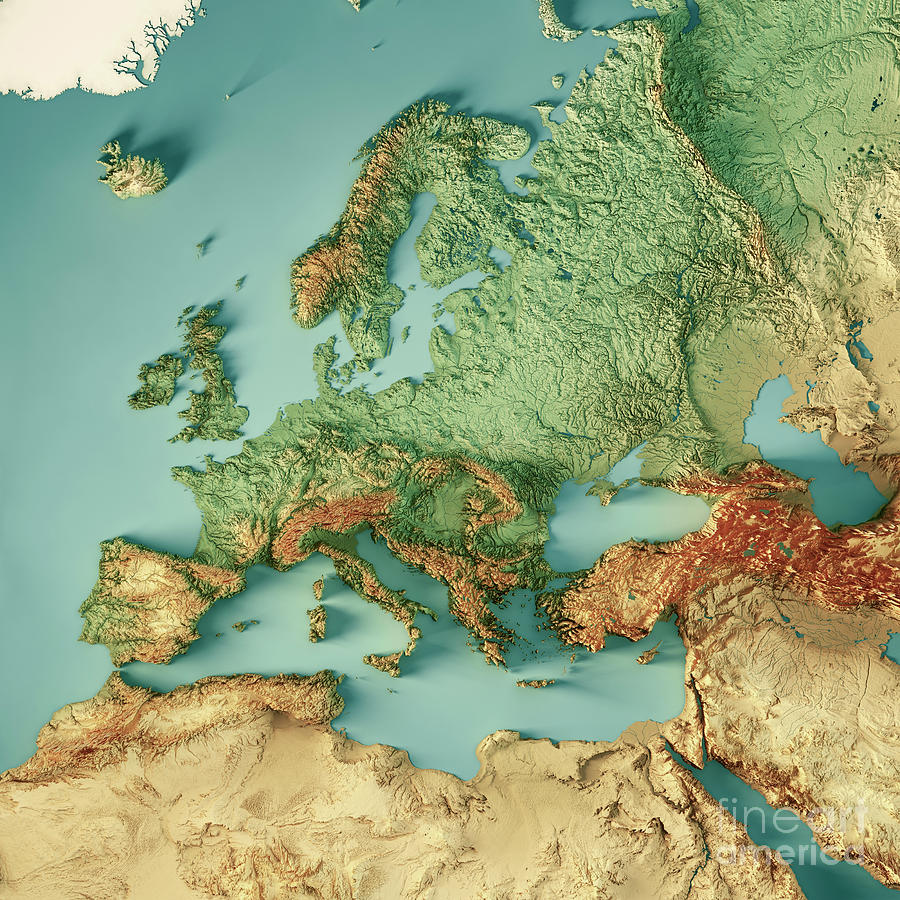- cross-posted to:
- dataisbeautiful@lemmy.world
- cross-posted to:
- dataisbeautiful@lemmy.world
cross-posted from: https://infosec.pub/post/8004138
How do you measure the economic success of a country?
By one classic measure, GDP per capita shows individual economic prosperity. But comparing countries simply by this metric doesn’t tell the whole story. To get a better idea of living standards, it helps to look at how far your money will go along with adjusting for labor productivity.
This graphic shows the world’s richest countries by three different measures, based on data from The Economist and Sondre Solstad. All figures are in U.S. dollars.
Always a bit skeptical with Luxembourg as half of the workforce crosses the border every day, and Bermuda numbers probably don’t reflect the average standard of living, but otherwise quite nice to see so many European countries at the top.
What other countries would you expect near the top? Most parts of Africa and Asia are poor, so are the Americas south of the USA. That basically leaves Europe, USA, Canada, Australia, some gulf-petro-countries and some tax haven island nations.
I expected the 2 missing countries of the G8 (Japan, Russia), as well as South Korea to be in that top 26. I was also thinking that Canada would be higher.
Taiwan is also missing, but apparently it’s because official statistics aren’t available for political reasons.
Shitty metrics because averages are highly skewed by inequality.
Yurop using metrics that makes the EU look good. Imagine my shock. Now show me media please.
I agree to it’s not perfect, but how come than Denmark and Belgium, which are amongst the most equal income wise (7 and 14 lowest Gini coefficient in the world) are top 5 and 6 here too?
https://en.m.wikipedia.org/wiki/List_of_countries_by_income_equality
Coincidence, they just happen to have a high average in combination with low inequality.




